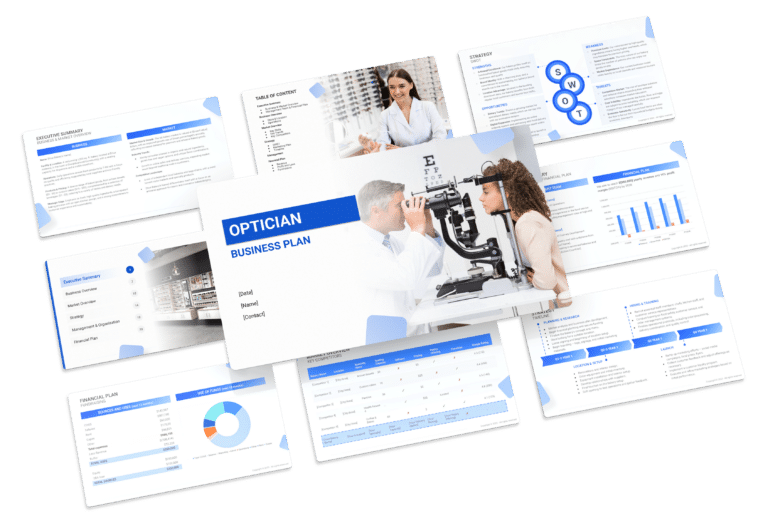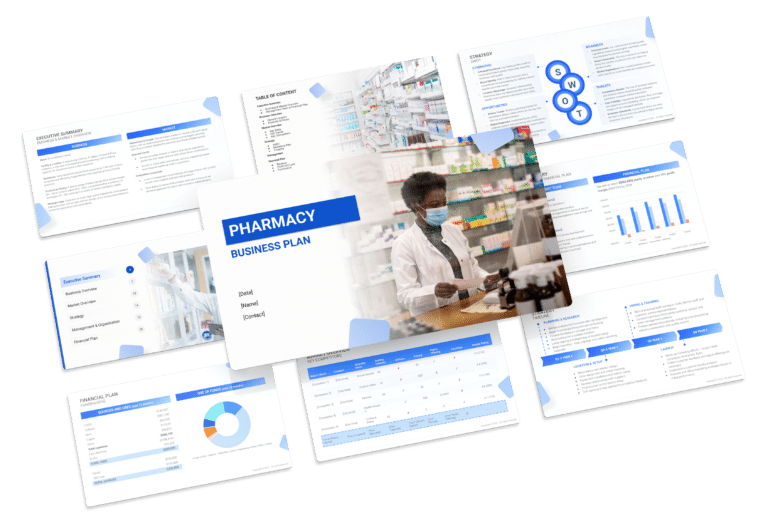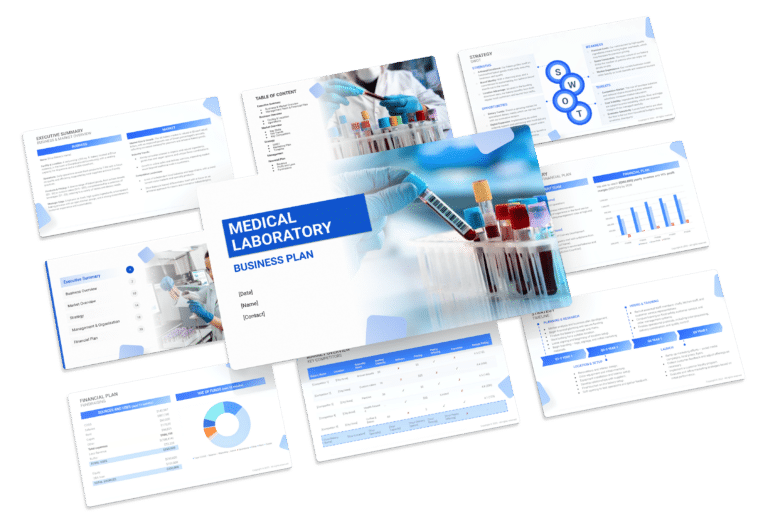How to Prepare a SWOT for a Nursing Home

Essential to the development of a robust business plan for a nursing home is the strategic inclusion of a SWOT analysis. This comprehensive framework, examining Strengths, Weaknesses, Opportunities, and Threats, plays a pivotal role in evaluating both internal and external factors. Internally, considerations like staff expertise come into focus, while externally, factors such as regulatory changes shape the analysis.
The holistic nature of this evaluation provides nursing home operators with a nuanced understanding of their current standing in the industry, offering valuable insights into potential growth areas. For instance, strengths may revolve around a highly skilled staff and exemplary patient care, while weaknesses could involve challenges such as outdated facilities or staffing shortages.
In this article, we delve into diverse examples, guiding nursing home operators on how to effectively incorporate these insights into their strategic plans. By understanding and leveraging these elements, nursing homes can navigate the complex landscape of healthcare and position themselves for sustainable success.

Strengths
- Experienced Staff: A nursing home’s strength often lies in its dedicated and experienced staff. These professionals are the backbone of daily operations, providing compassionate care.
- Example: A staff with specialized geriatric training can significantly improve resident satisfaction and care standards.
- Advanced Medical Facilities: Having state-of-the-art medical equipment and facilities is a strong draw for prospective residents and their families.
- Example: Modern medical resources can lead to better health outcomes and serve as a key marketing point.
- Reputation for Quality Care: A history of providing quality care can set a nursing home apart in a competitive market.
- Example: Positive reviews and high ratings from current and past residents can attract new clients.
- Robust Activities Program: Offering a diverse range of activities can enhance residents’ quality of life and satisfaction.
- Example: Tailored activity programs can cater to individual interests, promoting a sense of community.
Weaknesses
- Staff Turnover: High staff turnover can disrupt care continuity and incur training costs.
- Example: Regularly losing staff might lead to a decrease in care quality and resident trust.
- Outdated Facilities: Facilities in need of modernization can be less appealing to potential residents and may not meet current health standards.
- Example: Outdated equipment could result in inefficiencies and a lower standard of care.
- Limited Capacity: A limited number of beds can restrict revenue growth and the ability to serve the community fully.
- Example: Being at full capacity could mean turning away potential residents, leading to lost revenue.
- Financial Constraints: Budget limitations can affect the quality of services and staff retention.
- Example: Insufficient funds may lead to cutting corners, which can compromise resident care.
Opportunities
- Technological Advancements: Integrating new technologies can streamline operations and improve patient care.
- Example: Telemedicine can offer residents quick access to specialists, enhancing the level of care.
- Partnerships with Hospitals: Collaborating with local hospitals can lead to an increase in referrals.
- Example: A partnership with a reputable hospital can boost the nursing home’s credibility and patient inflow.
- Demographic Trends: The aging population presents a growing market for nursing home services.
- Example: Tailoring services to meet the needs of an aging demographic can position the nursing home as a top choice.
- Community Programs: Engaging with the community through outreach programs can build goodwill and attract residents.
- Example: Community health events can raise awareness and showcase the nursing home’s commitment to public health.
Threats
- Regulatory Changes: Healthcare regulations are constantly changing, and non-compliance can be costly.
- Example: New regulations may require costly updates to facilities or practices, impacting the bottom line.
- Competitive Market: The growing number of nursing homes increases competition for residents.
- Example: To stay competitive, a nursing home must continuously innovate and improve its services.
- Economic Downturns: Economic instability can affect the ability of families to afford nursing home care.
- Example: During a recession, the occupancy rates may decline as fewer families can afford care.
- Healthcare Reforms: Shifts in healthcare policy can have significant impacts on funding and operations.
- Example: Policy changes may lead to reduced funding or reimbursement rates, affecting financial stability.





